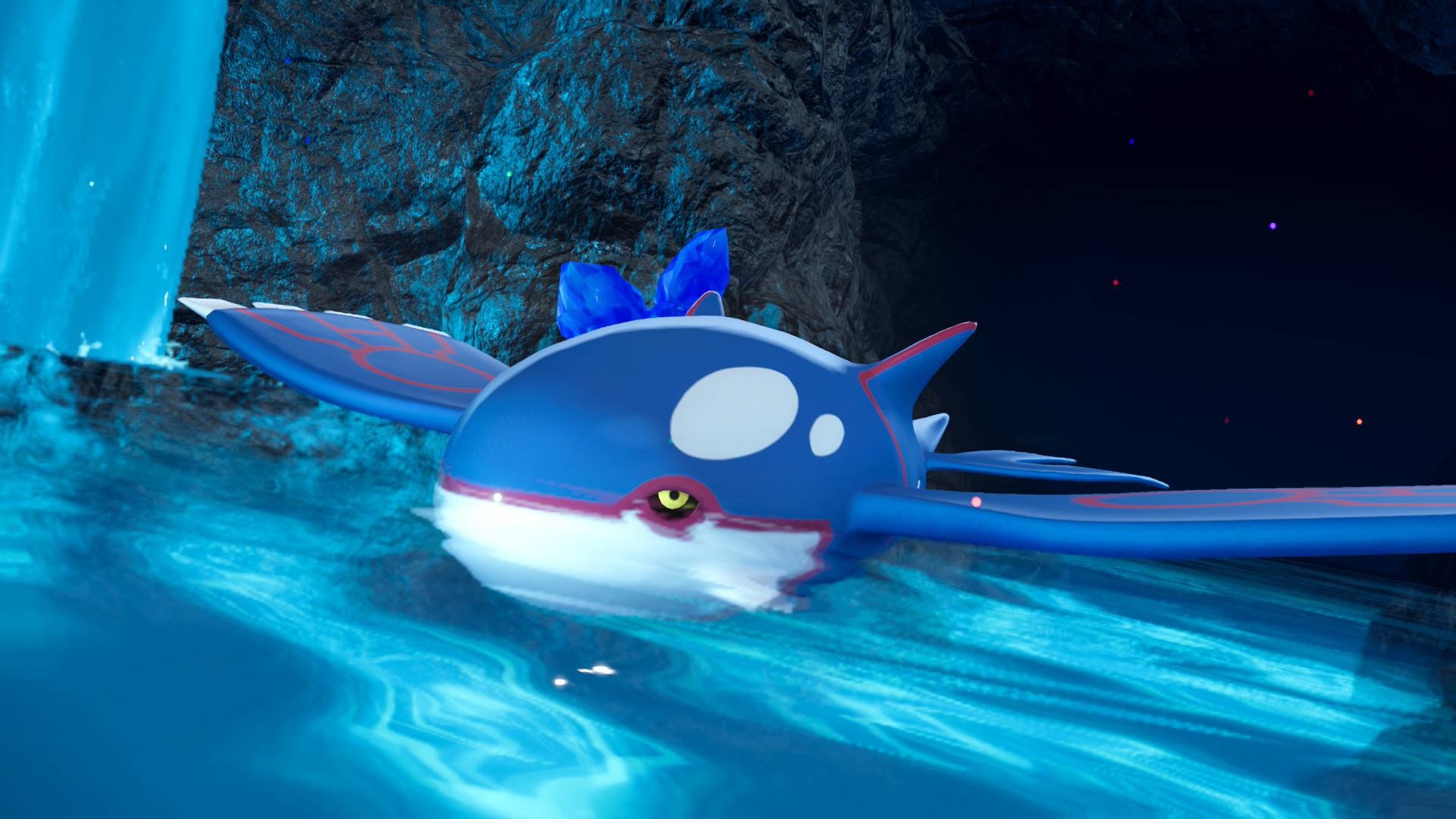Nintendo and The Pokémon Company Secure Patent for Summoning Mechanics: Implications for Pokémon and Beyond
Nintendo and The Pokémon Company have further solidified their influence over gameplay innovation with the recent acquisition of a patent surrounding the core mechanic of 'summoning a character and letting it fight another.' This U.S.
patent, which was initially filed in March 2023, was officially granted last week by the United States Patent and Trademark Office (USPTO), marking another major legal milestone for the companies best known for the globally successful Pokémon franchise. While the patent’s language may seem broad, it directly references gameplay elements that are fundamental to the Pokémon series on platforms such as the Nintendo Switch and the Nintendo eShop.
The mechanic outlined—players summoning individual characters to engage in battle—has been a central feature not only in Pokémon titles, but in a wider range of games developed by Nintendo and its partners.
While the patent naturally covers Pokémon, its broad terms could also extend to other Nintendo properties like Pikmin, which also utilize character management and combat against foes. In a related legal move, Nintendo and The Pokémon Company were also granted a companion patent concerning the 'smooth switching of riding objects.' As with the summoning patent, the terminology intentionally remains open-ended, providing the companies with extensive legal leverage.
This strategy reflects a wider trend in the gaming industry: publishers patenting innovative mechanics to retain exclusive control and prevent competitors from adopting similar systems. According to legal documentation reviewed by industry journalists, the timing of this patent coincides with heightened legal activity involving Nintendo.
Recent months have seen Nintendo secure settlements in high-profile disputes, enforce their intellectual property rights against modders, and engage in litigation with other studios, such as Palworld developer Pocketpair.
In a publicly reported statement, Nintendo outlined its commitment to protecting its core brands and innovations, emphasizing that legal action remains essential in safeguarding the integrity of its products. Looking back, the practice of patenting gameplay mechanics is not new to the industry.
Prominent examples include Namco’s 'Loading Screen Patent' from 1998, which precluded non-Namco PlayStation titles from featuring mini-games during loading sequences through to the PlayStation 4 era.
As industry dynamics evolve—with the Nintendo Switch maintaining its popularity and the eShop offering a continuously growing catalog—these legal frameworks play a significant role in shaping future game development across the board. As it stands, Nintendo and The Pokémon Company’s latest patent provides them with potent tools to both protect their creative investments and influence how gameplay mechanics are implemented in future titles, both at home and among competitors.
Given their recent legal victories and ongoing vigilance in defending their intellectual property, developers across the industry will be closely monitoring how these new patents are interpreted and enforced in the years to come.
patent, which was initially filed in March 2023, was officially granted last week by the United States Patent and Trademark Office (USPTO), marking another major legal milestone for the companies best known for the globally successful Pokémon franchise. While the patent’s language may seem broad, it directly references gameplay elements that are fundamental to the Pokémon series on platforms such as the Nintendo Switch and the Nintendo eShop.
The mechanic outlined—players summoning individual characters to engage in battle—has been a central feature not only in Pokémon titles, but in a wider range of games developed by Nintendo and its partners.
While the patent naturally covers Pokémon, its broad terms could also extend to other Nintendo properties like Pikmin, which also utilize character management and combat against foes. In a related legal move, Nintendo and The Pokémon Company were also granted a companion patent concerning the 'smooth switching of riding objects.' As with the summoning patent, the terminology intentionally remains open-ended, providing the companies with extensive legal leverage.
This strategy reflects a wider trend in the gaming industry: publishers patenting innovative mechanics to retain exclusive control and prevent competitors from adopting similar systems. According to legal documentation reviewed by industry journalists, the timing of this patent coincides with heightened legal activity involving Nintendo.
Recent months have seen Nintendo secure settlements in high-profile disputes, enforce their intellectual property rights against modders, and engage in litigation with other studios, such as Palworld developer Pocketpair.
In a publicly reported statement, Nintendo outlined its commitment to protecting its core brands and innovations, emphasizing that legal action remains essential in safeguarding the integrity of its products. Looking back, the practice of patenting gameplay mechanics is not new to the industry.
Prominent examples include Namco’s 'Loading Screen Patent' from 1998, which precluded non-Namco PlayStation titles from featuring mini-games during loading sequences through to the PlayStation 4 era.
As industry dynamics evolve—with the Nintendo Switch maintaining its popularity and the eShop offering a continuously growing catalog—these legal frameworks play a significant role in shaping future game development across the board. As it stands, Nintendo and The Pokémon Company’s latest patent provides them with potent tools to both protect their creative investments and influence how gameplay mechanics are implemented in future titles, both at home and among competitors.
Given their recent legal victories and ongoing vigilance in defending their intellectual property, developers across the industry will be closely monitoring how these new patents are interpreted and enforced in the years to come.






